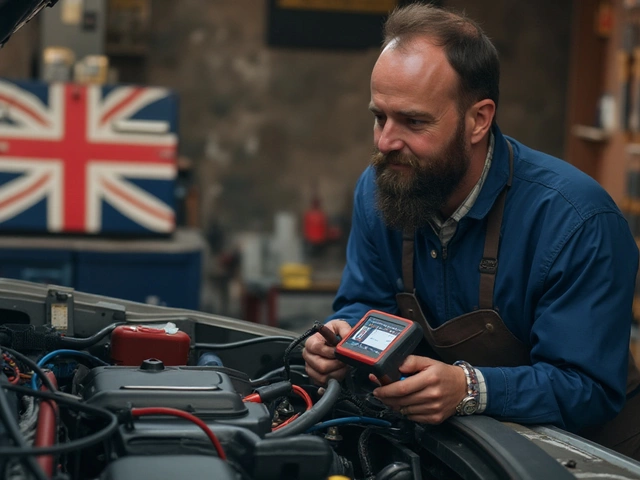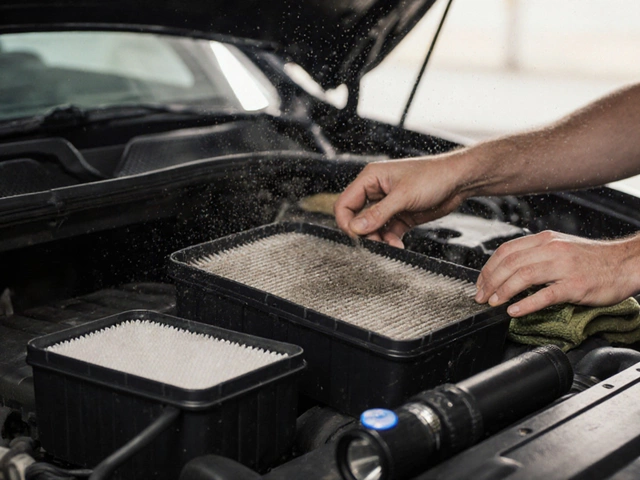Driving Noises: Spot the Sounds, Fix the Problems
Ever been on a road trip and heard a squeak, rattle, or grinding that made you wonder what’s wrong? Those noises are the car’s way of telling you something needs attention. The good news is you don’t need a mechanic’s degree to understand the basics. In the next few minutes you’ll learn the most common sounds, why they happen, and what you can do right now.
What the Most Common Sounds Mean
Squealing or chirping when you brake usually points to worn brake pads. The pad’s wear indicator contacts the rotor and makes a high‑pitched squeal to warn you. If the sound stops after a few stops, the pads are still okay, but it’s a good idea to check them soon.
Grinding under the brakes is a step up – it means the pad material is gone and the metal is touching the rotor. This can damage the rotor and cost more to fix. Replace the pads and have the rotors inspected right away.
Rattling from under the car often comes from loose exhaust parts, a broken heat shield, or a worn suspension component. Give the car a gentle push from the rear; if it rocks or you feel a wobble, the suspension could be the culprit.
Clicking when you turn is usually a CV joint issue. The CV joint lets your wheels turn while the car moves. If the click gets louder over time, you’ll want a replacement before it breaks completely.
Knocking or pinging from the engine can be a sign of bad spark plugs, low‑octane fuel, or an ignition timing problem. Check the spark plugs first – they’re cheap and easy to replace.
Quick Checks Before You Call a Shop
Start with a visual inspection. Look under the car for any hanging wires, broken hoses, or obvious rust. Open the hood and check fluid levels – low oil can cause a ticking sound, while low coolant can lead to overheating noises.
Next, listen carefully. Turn the steering wheel all the way left and right while the car is stationary. If you hear a clunk, the steering rack or tie‑rod could be loose. Then, take the car for a short test drive at low speed. Pay attention to when the noise appears – during acceleration, braking, turning, or simply cruising.
Finally, tighten what you can. Loose lug nuts, loose battery terminals, or a loose wheel cover can all create rattles. A torque wrench set to the manufacturer’s specs will do the trick.
If the noise persists after these checks, it’s time to visit a professional. Bring notes about when the sound occurs, how it sounds, and any recent work done on the car. That information helps the mechanic pinpoint the issue faster.
Remember, catching a problem early saves money and keeps you safe on the road. The next time you hear a strange sound, use these tips to figure out what’s going on. You’ll drive with confidence, knowing you’ve taken the first step toward a quieter, smoother ride.
 16 January 2025
16 January 2025
Identifying Noises from Faulty Car Suspension: What to Listen For
When driving, an unusual noise can be a telltale sign of suspension problems in your vehicle. Understanding the specific noise that bad suspension might make, and knowing how to identify it, could save you both time and money. From clunks to squeaks, the sounds can vary greatly depending on the issue. In this article, we explore the types of noises associated with suspension issues, what each might signal, and how you can address them effectively.






0